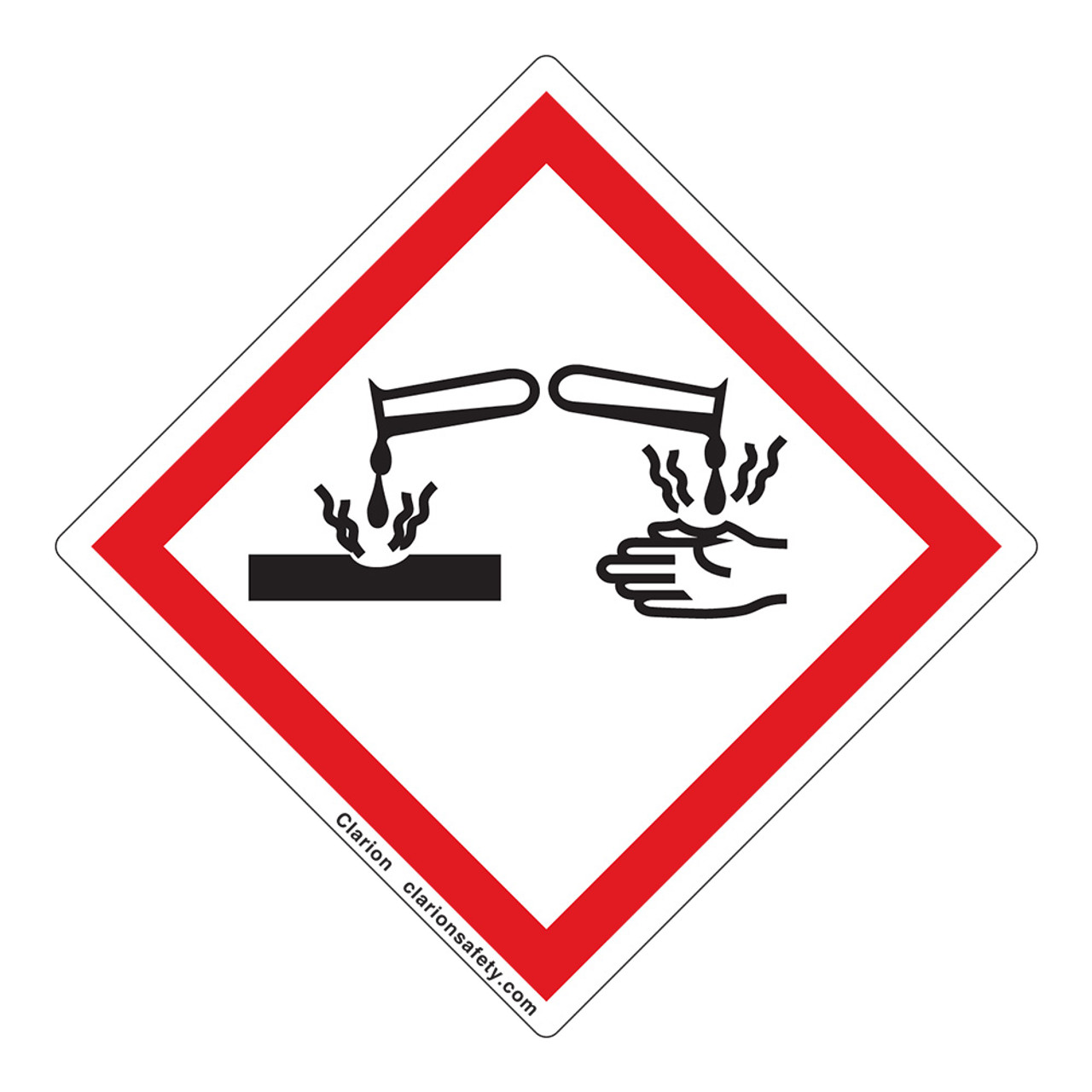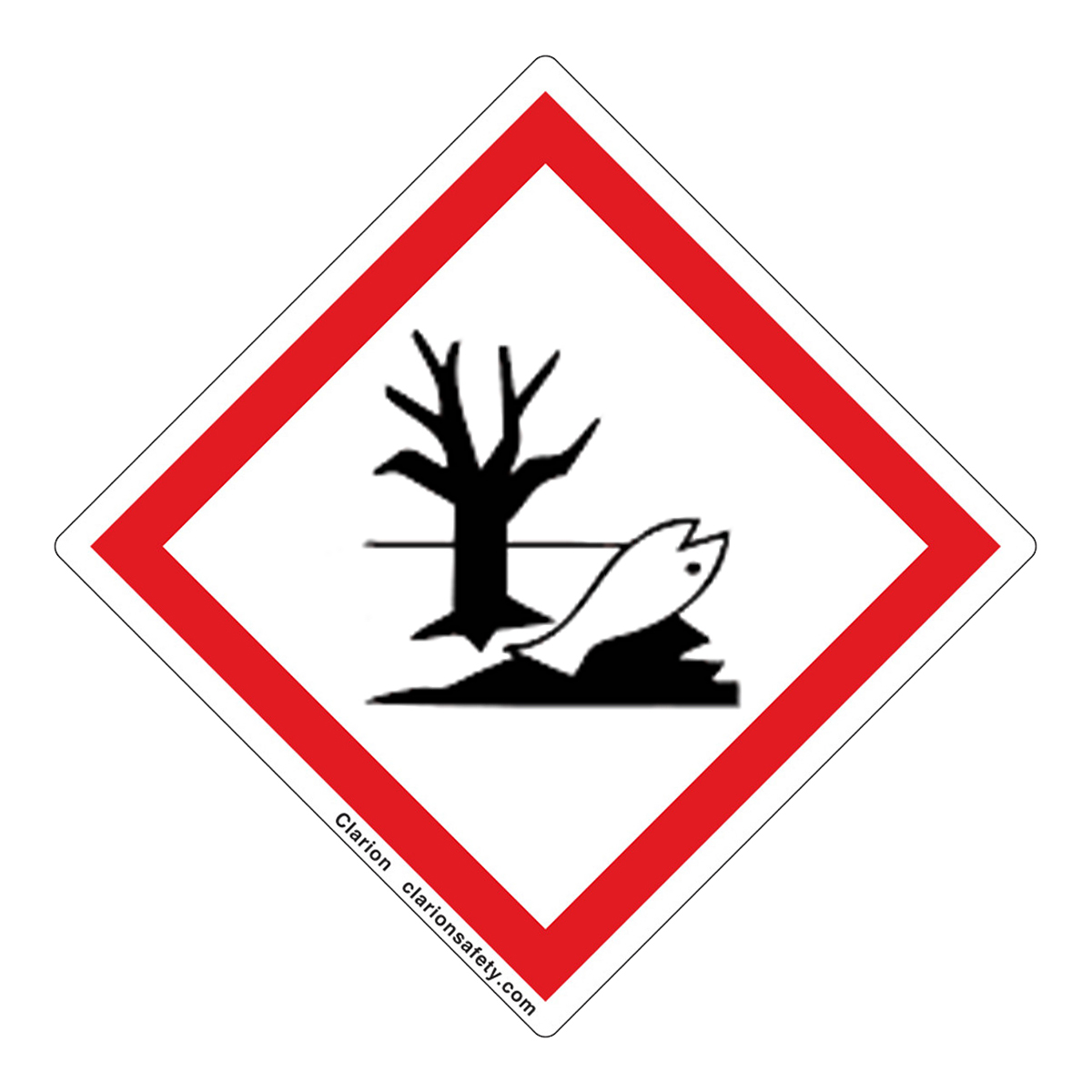How Does GHS Protect Workers from Hazardous Chemical Exposure?
The issue is exposing workers to hazardous chemicals. It’s vital to give employees access to information and appropriate safe-handling instructions, including, when necessary, access to PPE when hazardous chemicals are on site. The problem of communicating this information is worldwide by nature; it has been difficult to convey in a uniform way. The solution came with the United Nation’s GHS program. GHS stands for “Globally Harmonized System of Classification and Labeling of Chemicals.” GHS establishes a common way of communicating chemical hazard information including the use of a very standardized approach to the content and structure of safety labels pertaining to chemical products.
The nine GHS pictograms, shown below, make up the GHS symbol vocabulary for defining specific types of chemical-related hazards. The use of each pictogram is determined by the predefined hazard classification of the chemical of concern. These pictograms are used on chemical labels appearing on chemical products and on their accompanying safety data sheet (SDS now replaces the acronym MSDS). The purpose in using these pictograms is to visually alert those who come in contact with hazardous chemicals of the risks they may be exposed to and their need to take precautionary steps to protect themselves from harm. Each GHS pictogram consists of a distinctive black symbol appearing on a white background framed inside a red diamond-shaped border.

How Does GHS Protect Workers from Hazardous Chemical Exposure?
Because of our leadership involvement on the ISO standards committee in charge of safety symbol design and standardization, we fully advocate the use of the GHS symbols on your product safety labels whenever you have a need to warn about the presence of hazardous chemicals. For those of you who manufacture process equipment, Clarion Safety fully understands that such chemical labeling might be impossible for you to specify because you are not privy to the exact nature of what is to be processed in your equipment. But for those of you who do, or if you are the facility owner who needs to warn about the presence of hazardous chemicals on site, then Clarion Safety is your vendor of choice for these important signs and labels.
What are the GHS Pictograms and Their Meanings?

GHS Health Hazard Symbol
- Carcinogen
- Mutagenicity
- Reproductive Toxicity
- Respiratory Sensitizer
- Target Organ Toxicity
- Aspiration Toxicity

GHS Flame Symbol
- Flammables
- Pyrophorics
- Self-Heating
- Emits Flammable Gas
- Self-Reactives
- Organic Peroxides

GHS Exclamation Mark Symbol
- Irritant (skin and eye)
- Skin Sensitizer
- Acute Toxicity
- Narcotic Effects
- Respiratory Tract Irritant
- Hazardous to Ozone Layer

GHS Gas Cylinder Symbol
- Gases Under Pressure

GHS Corrosion Symbol
- Skin Corrosion/Burns
- Eye Damage
- Corrosive to Metals

GHS Exploding Bomb Symbol
- Explosives
- Self-Reactives
- Organic Peroxides

GHS Flame Over Circle Symbol
- Oxidizers

GHS Aquatic Toxicity Symbol
- Aquatic Toxicity

GHS Skull and Crossbones Symbol
- Acute Toxicity (fatal or toxic)
